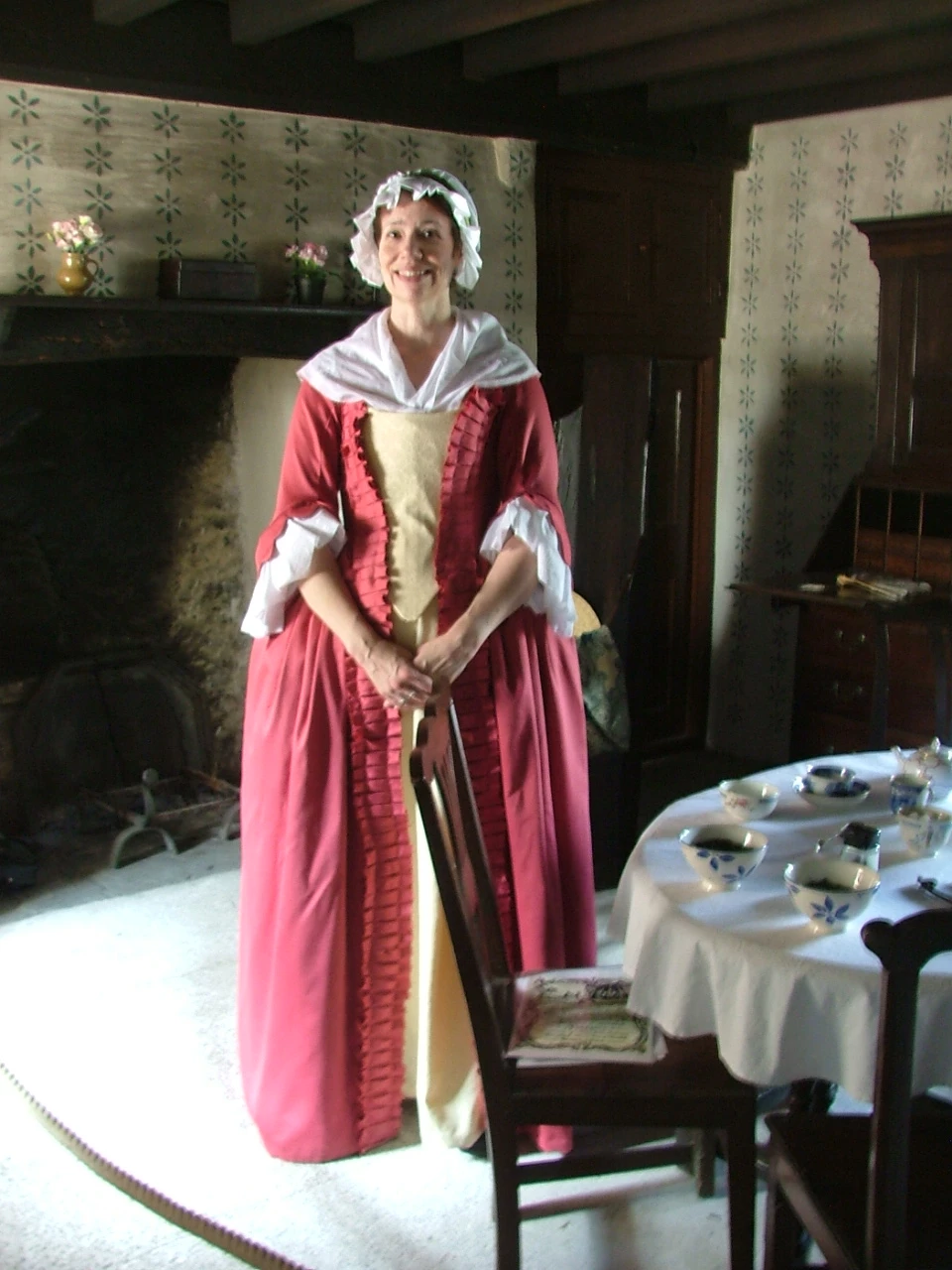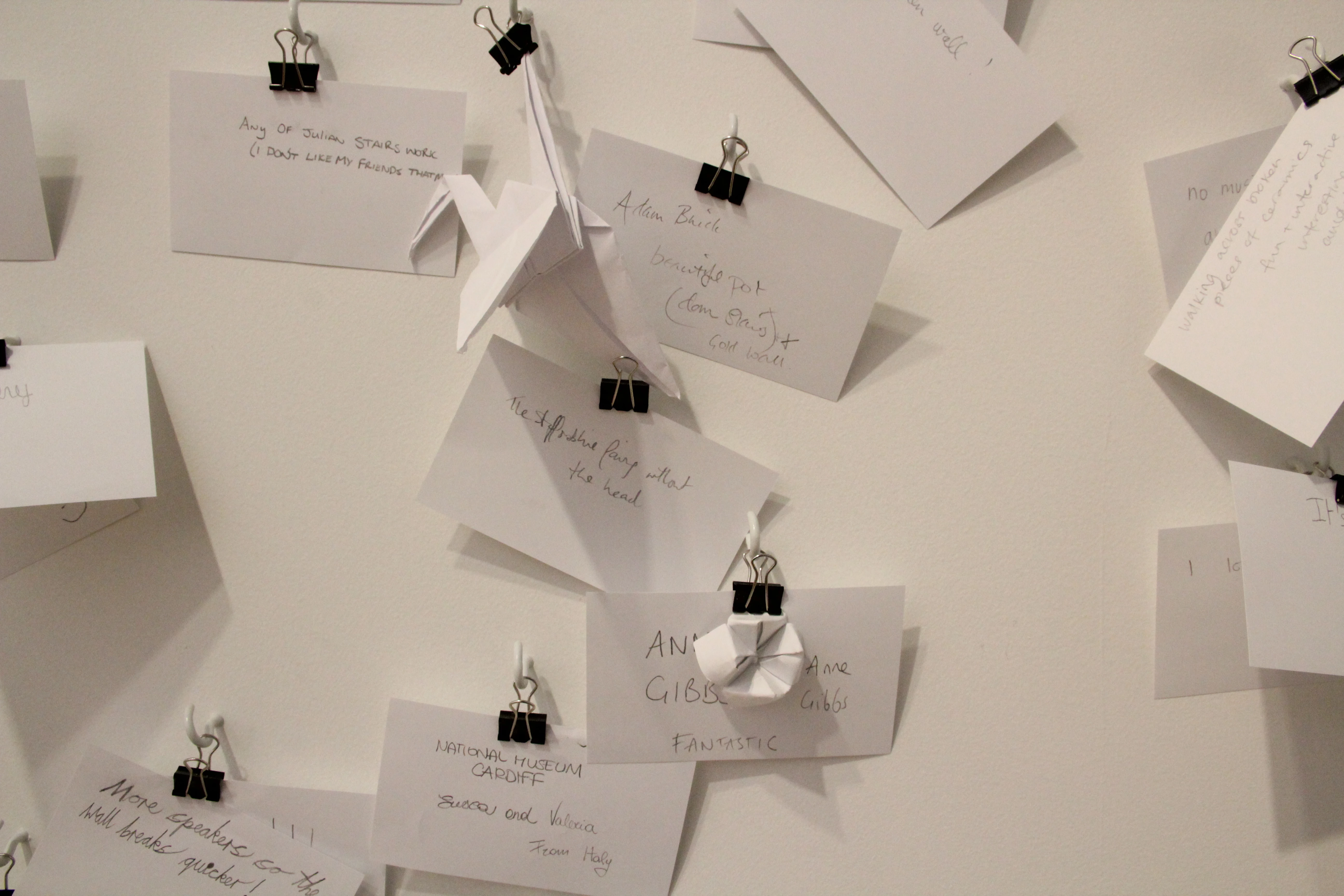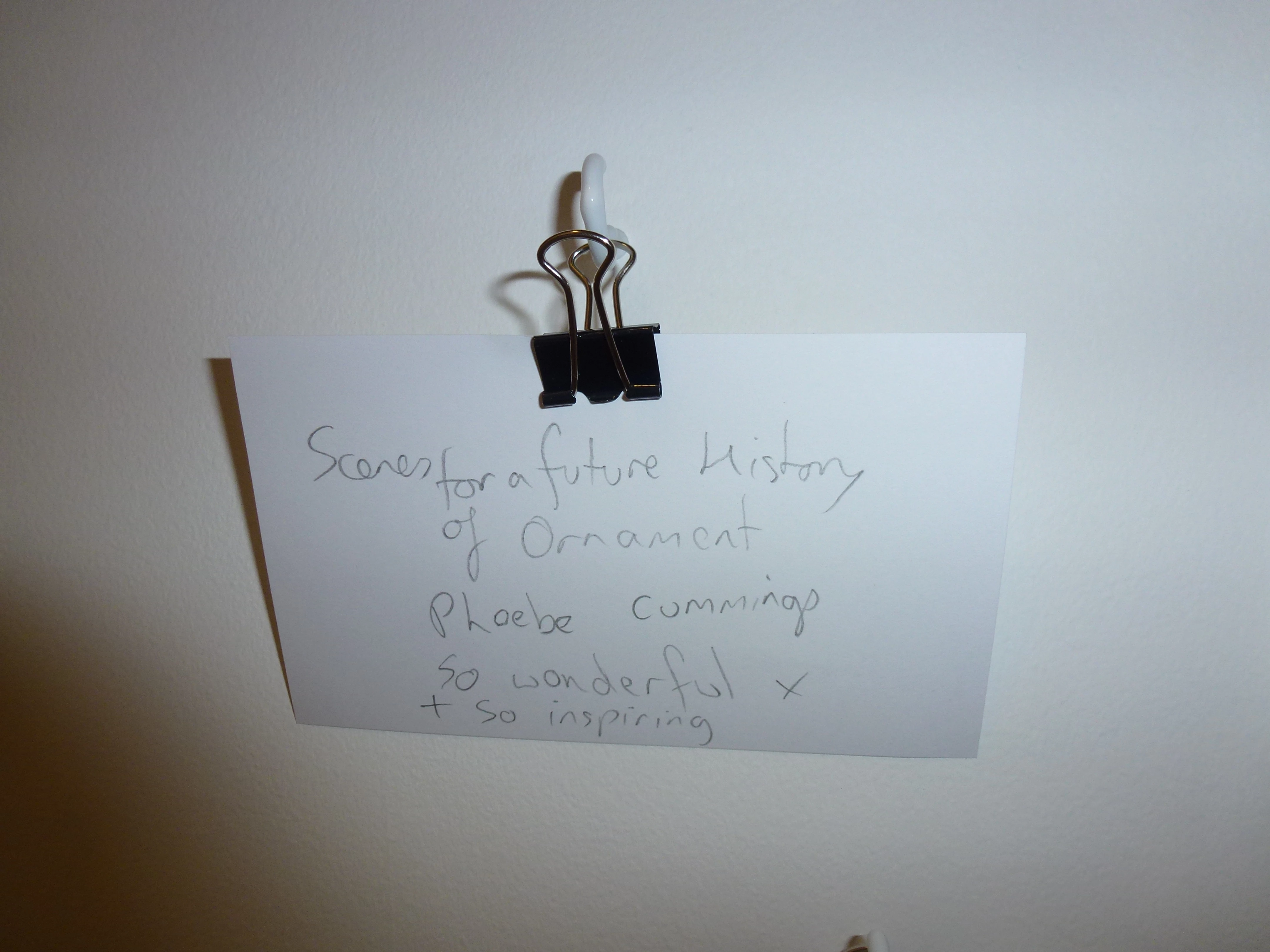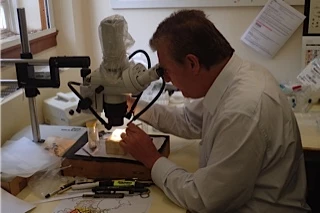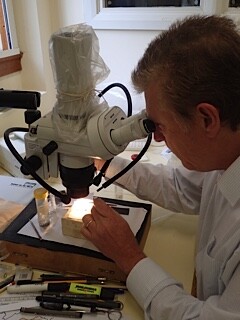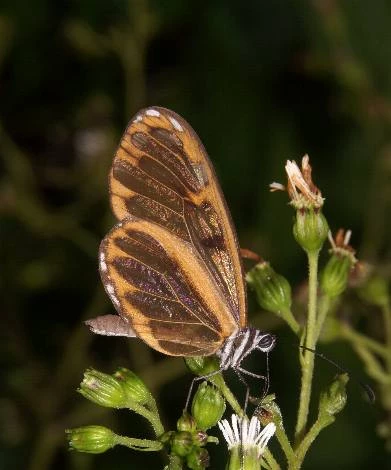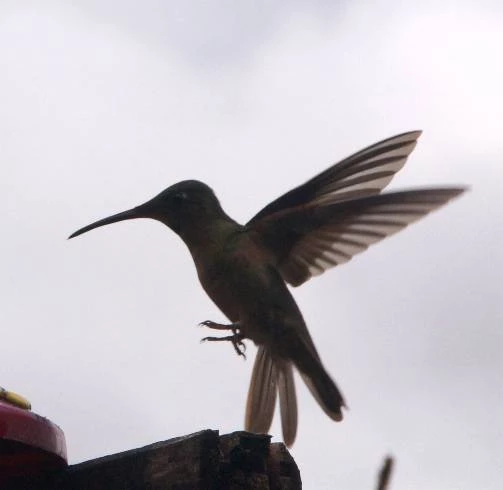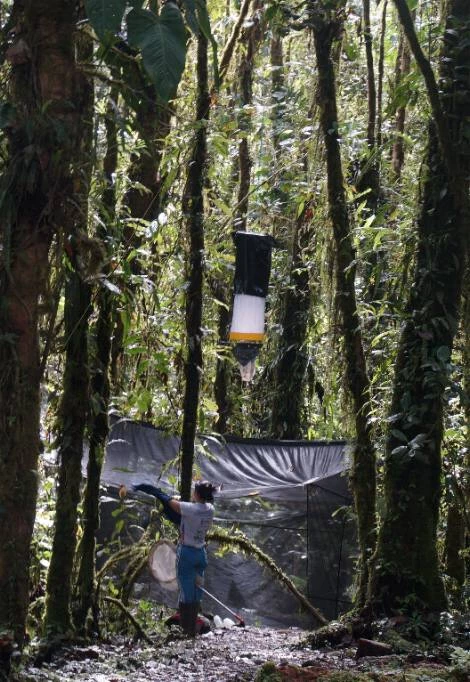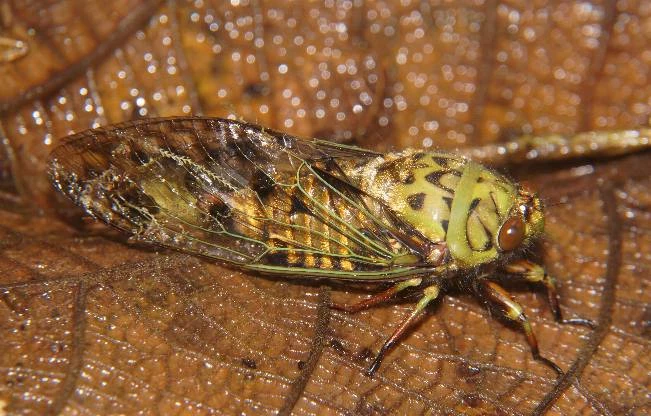Through the Keyhole in Kennixton
, 22 May 2015
This follows on from Marsli Owen's blog.
When we decided to do an event called ‘Through the Keyhole’ I thought about the different things I could show people in the historic houses of St Fagans. I wanted something that linked the past and present, so I chose tea drinking and based myself in the parlour of Kennixton farmhouse.
At Kennixton, the parlour is decorated in the style of the 1750s – you might recognise it as Captain Blamey’s house in the recent Poldark tv serial. I decided to do the event in costume to help bring the house to life, and laid the table for tea as they would have done in the 18th century.
Tea has a very exciting history, inspiring fashion, fortune, revolution, and crime. It was brought to this country in 1657 by Catherine of Braganza, the Portuguese wife of Charles II. A bit like the Kate-effect of today it swiftly caught on as a fashionable drink.
Like a lot of popular things, tea was taxed very highly by the government. Some unscrupulous dealers would try and make tea go further by adulterating it with hawthorn leaves or even dried sheep poo! To combat the high tax on tea, many people in Wales would have bought their tea from smugglers. It’s possible the residents of Kennixton got their tea the same way. It was originally built on the Gower coast so smuggled tea would have been easily available.
It wasn’t just the Welsh who objected to paying the high tax on tea; the Americans didn’t see why they should pay it either. They showed their feelings by throwing British tea into Boston harbour - the Boston Tea Party – which kick-started the American War of Independence in 1775.
I loved doing this event and it generated some really interesting conversations with visitors. Just doing some day-to-day activities in the house made it feel much more like a home. But I have to confess I was relieved to get out of the dress at the end of the day - the large skirts and tight sleeves were so restricting. I finished the day wearing my comfy jeans and enjoying a mug of tea curled up on the sofa!
There will be one last blog next week to follow on by Heulwen, who will be talking about the Prefab.
